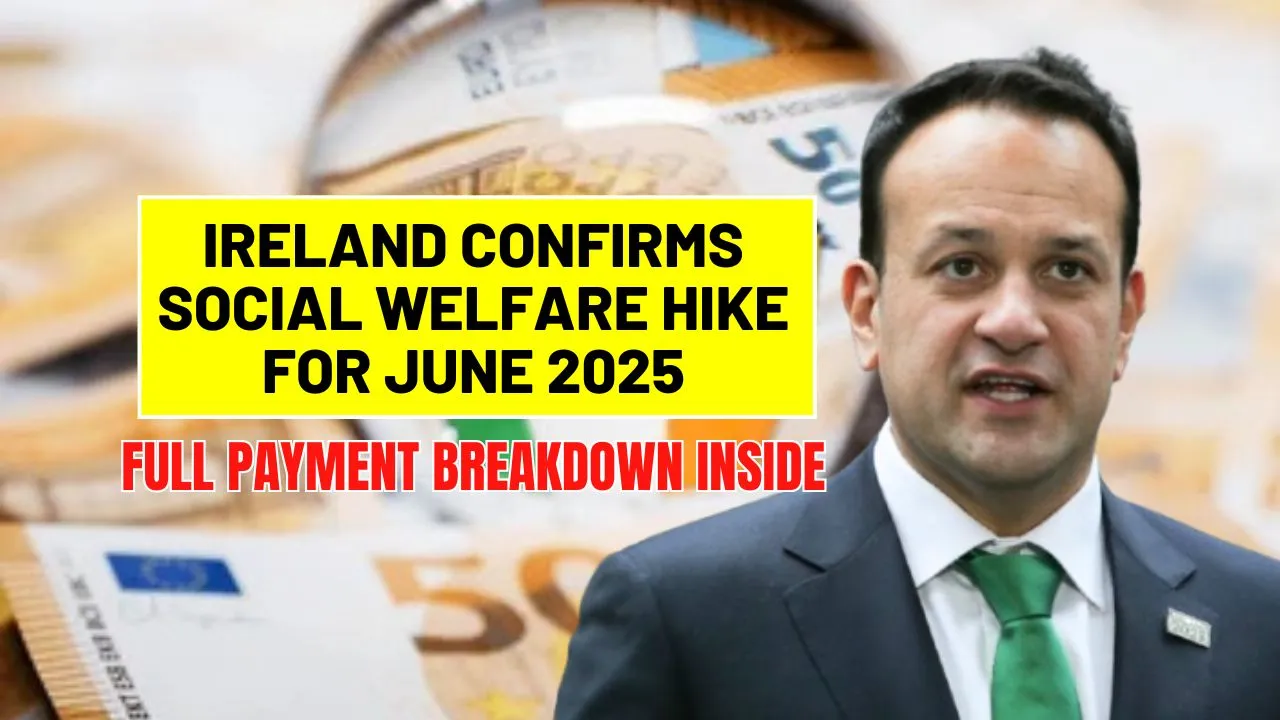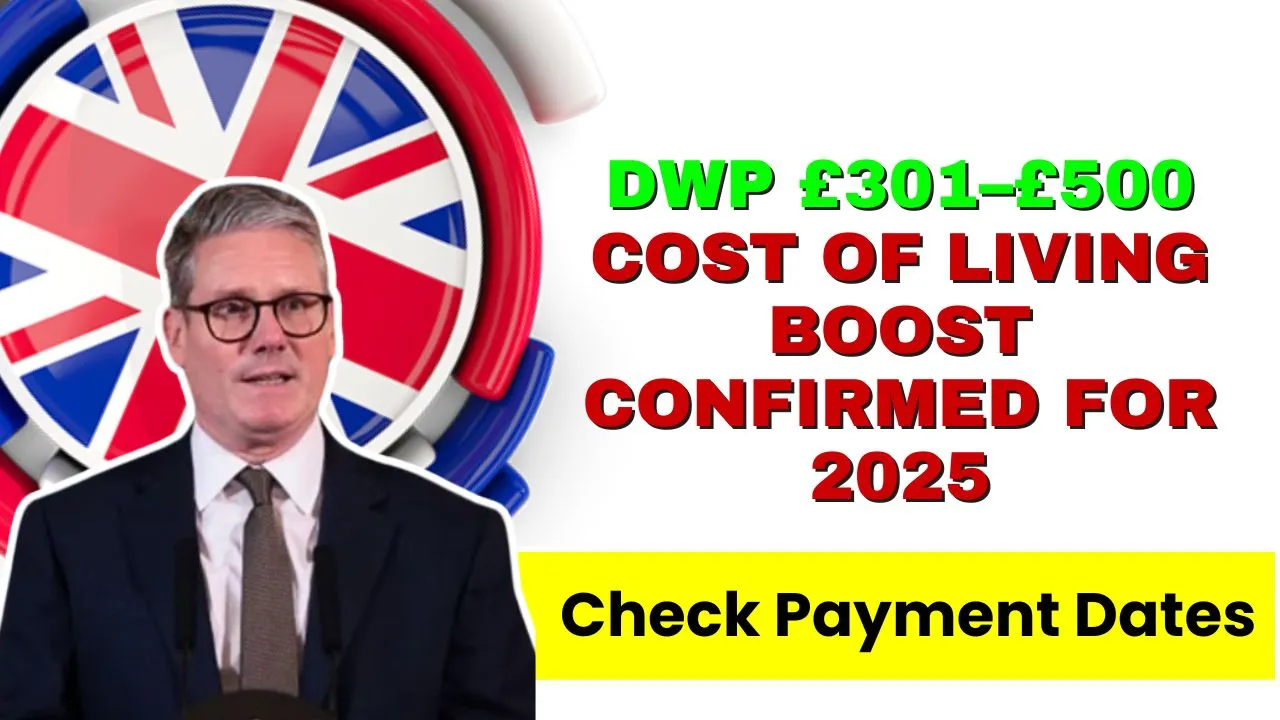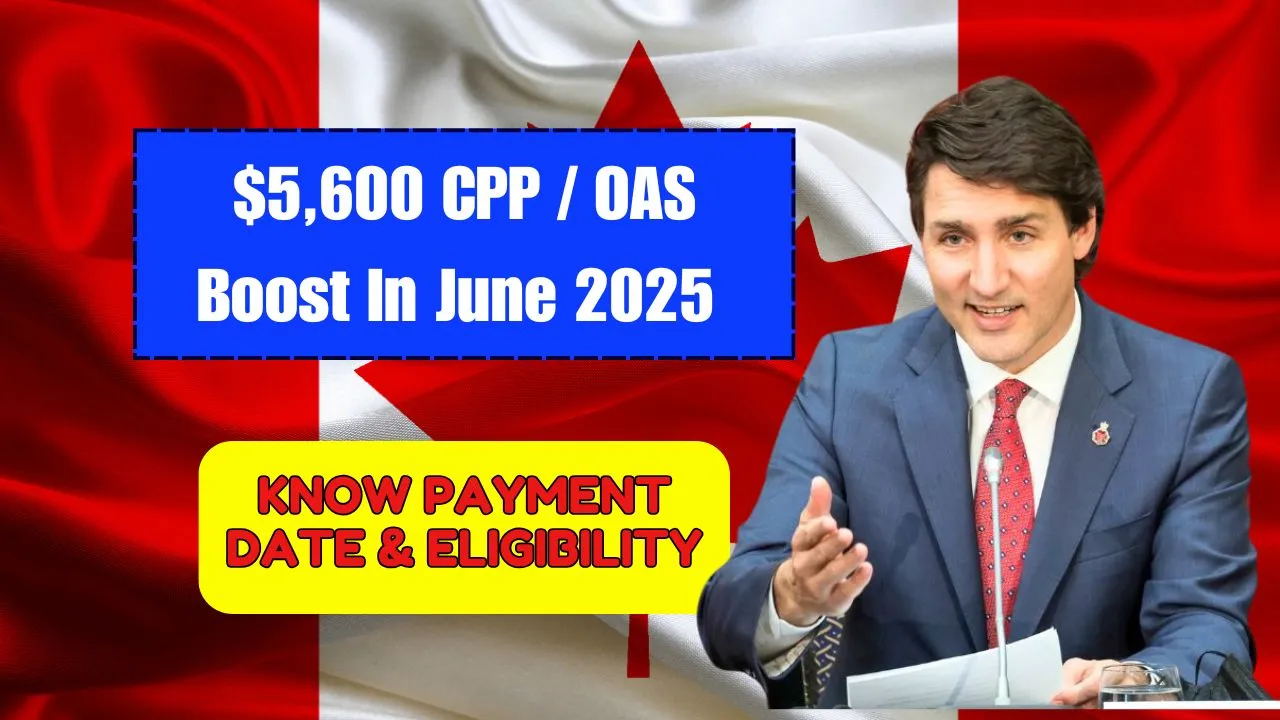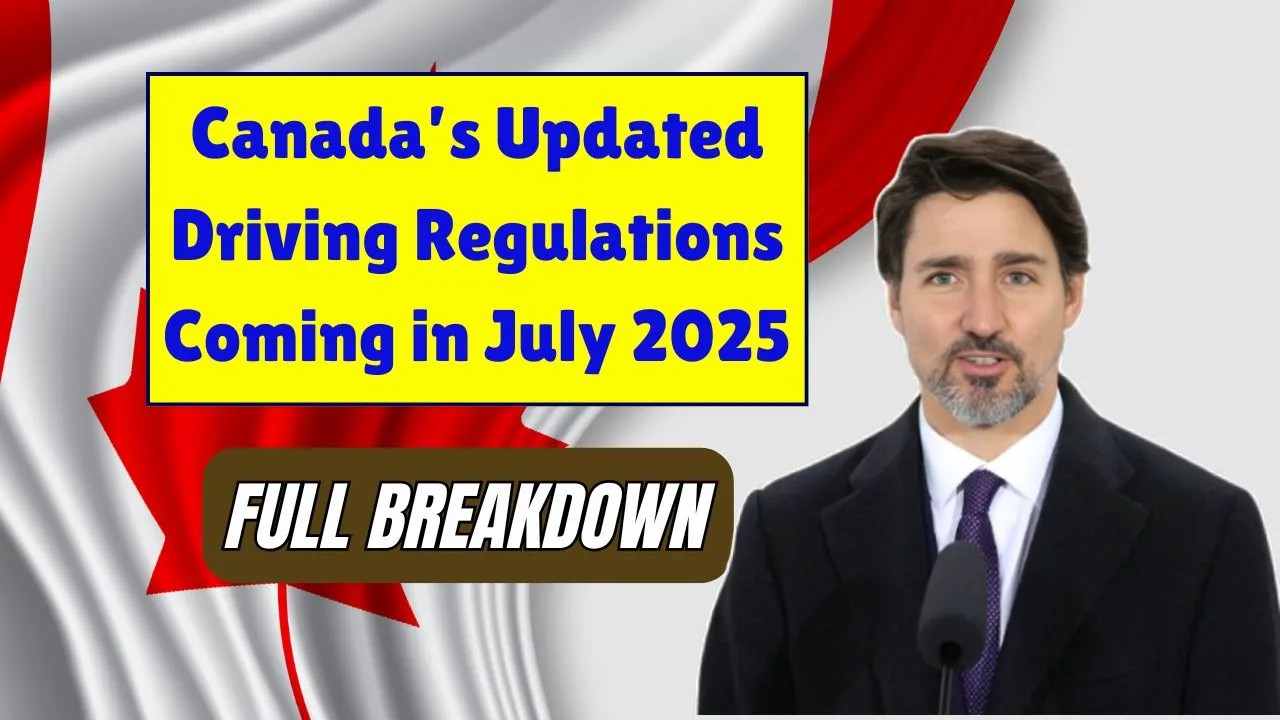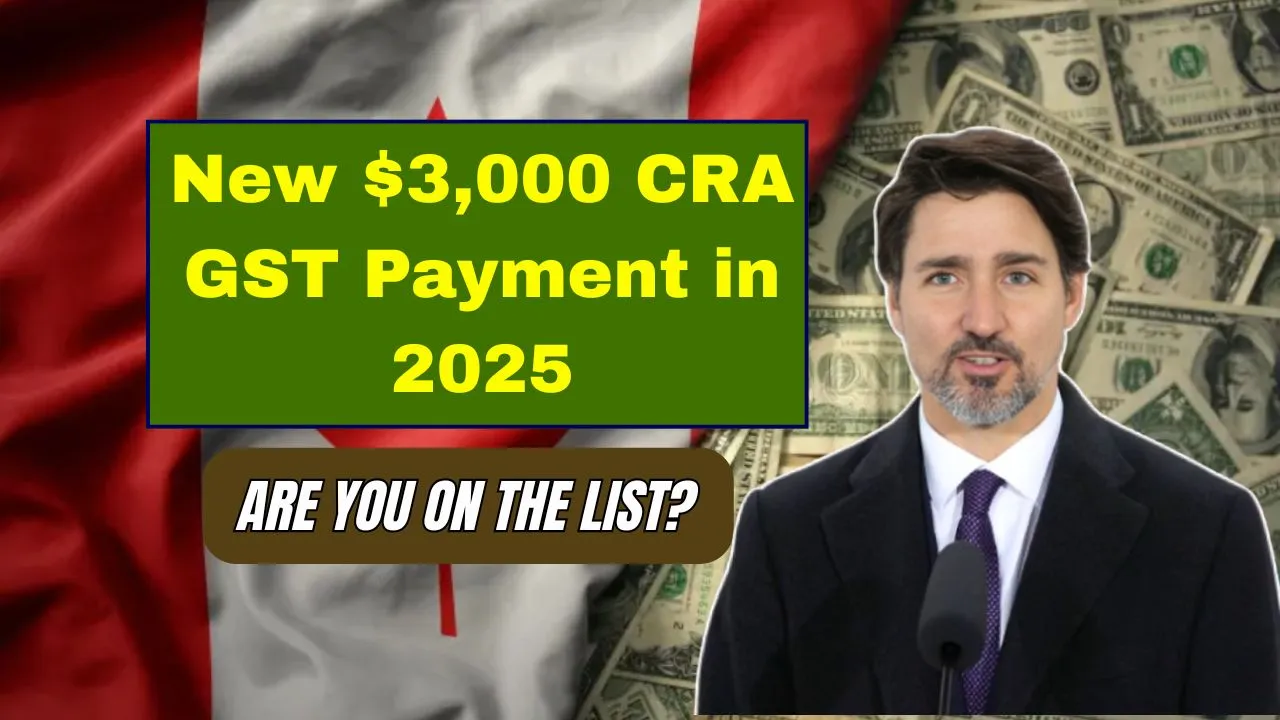2025 Cost of Living Payments: With inflation continuing to affect households across the UK, the government has introduced a fresh round of financial aid through the DWP Cost of Living Payments for 2025. These payments, ranging from £301 to £500, are intended to help millions manage essential costs such as food, energy, and rent. As economic uncertainty continues into the year, this initiative brings timely relief to those who need it the most.
The DWP Cost of Living Payments will be made across three phases in 2025, offering structured financial assistance. The support is automatic for most benefit recipients, but it’s essential to understand the payment schedule, eligibility rules, and how to make sure your information is correct to avoid delays.
2025 Cost of Living Payments
To continue supporting vulnerable groups, the UK government has extended the Cost of Living Payments scheme into 2025. Administered by the Department for Work and Pensions (DWP), these payments aim to tackle the growing burden of essential expenses. The new payments will be delivered in three phases throughout the year, allowing eligible households to receive continued support at different points in 2025.
Overview Table – DWP Cost of Living Payments 2025
| Feature | Details |
| Payment Range | £301 to £500 |
| Eligible Groups | Universal Credit recipients, pensioners, carers, disabled individuals |
| Disbursement Period | Spring, Summer, and Autumn 2025 |
| Application Process | Automatic – no application required for most recipients |
| Payment Method | Direct deposit into existing benefit-linked bank account |
| Source of Info | DWP official website and published guidance documents |
What Are These Payments For?
The goal of the DWP Cost of Living Payments is to help people facing financial pressure from rising living costs. For many households, inflation has made it more difficult to afford basic needs like food, heating, and rent. These payments act as emergency support, offering short-term relief while the government continues to explore more long-term solutions.
For pensioners, disabled individuals, carers, and those on low incomes, this support could be the difference between covering bills or falling further into hardship.
Payment Schedule for 2025
The government has scheduled the payments to be disbursed in three stages, allowing households to receive help across multiple months of the year:
| Phase | Timeline | Amount |
| Spring | March to May 2025 | £301 |
| Summer | July to August 2025 | Up to £200 extra |
| Autumn | October to December 2025 | Final top-ups (varies) |
This staggered approach ensures support is not a one-time payout, but instead a spread of aid across the year to match ongoing cost pressures.
Who Is Eligible for These Payments?
You may be eligible for the DWP Cost of Living Payments if you receive any of the following means-tested benefits during the qualifying period:
- Universal Credit
- Income Support
- Pension Credit
- Income-based Jobseeker’s Allowance (JSA)
- Income-related Employment and Support Allowance (ESA)
- Working Tax Credit
- Child Tax Credit
- Housing Benefit
Eligibility is determined based on your benefit status during specific assessment windows. These windows are expected to be announced before each phase of the payment schedule. No manual application is needed, but your benefits must be active and verified during the qualifying period.
Extra Payments for Vulnerable Groups
The DWP is offering additional financial support to some of the most vulnerable groups beyond the standard payment amount:
- Disabled Individuals: Those receiving PIP, Attendance Allowance, or Disability Living Allowance may receive higher payments to account for higher energy usage and medical costs.
- Carers: Full-time carers supporting a disabled or elderly individual may qualify for additional top-up payments.
- Health-Related Needs: People with medical conditions requiring regular heating or equipment may receive extra funding through their standard payment.
These additional measures ensure that those with higher needs receive greater support.
How Will You Be Paid?
No separate application is necessary for the DWP Cost of Living Payments. If you are receiving one of the eligible benefits, and your records are up to date, the payments will be issued automatically.
Payment method:
- Direct deposit: Payments will be sent directly into your bank account, using the same payment method as your regular benefits.
- No paperwork required: As long as you’re eligible and meet the timing criteria, you’ll receive your payment without any additional forms.
That said, it’s important to ensure your bank details and contact information are correct with DWP to avoid any issues or delays.
Why These Payments Are Crucial?
According to the Office for National Statistics (ONS), one in four households in the UK reported difficulty paying their basic bills in 2024. This shows just how critical extra government support is in 2025. With rising energy costs, food inflation, and rent pressures, families and individuals are looking for any help they can get.
These payments don’t just offer temporary relief—they are part of a wider plan to maintain the financial stability of lower-income households until more permanent solutions are introduced.
Real-World Scenarios
Here are some practical examples of how these payments can make a real difference:
- A single-parent household on Universal Credit can use the spring payment to cover increasing food prices and heating bills.
- A retired couple receiving Pension Credit may apply the funds toward higher medication or grocery expenses.
- A disabled person on ESA might use the additional funds to cover electricity costs tied to medical equipment.
These real-life uses highlight how the payments are more than symbolic—they directly improve daily living conditions for those in need.
Tips to Ensure You Receive the Payment
To make sure you get the DWP Cost of Living Payment without delays, follow these steps:
- Check your benefit status: Make sure you’re actively receiving an eligible benefit during the DWP’s qualifying period.
- Update your personal details: Log into your Universal Credit or DWP account to confirm your banking and address details.
- Monitor DWP updates: Watch for announcements regarding payment windows and any additional support schemes.
- Explore related support: Look into other aid such as the Warm Home Discount (£150) or Household Support Fund through your local council.
Final Notes
The DWP Cost of Living Payments for 2025 are a vital lifeline for many UK residents. With amounts ranging between £301 and £500, and extra top-ups for vulnerable groups, the scheme is one of the most impactful financial supports available this year. The best part—it’s automatic, with no extra paperwork required for most.
Just make sure your benefits are active, your contact details are updated, and you stay alert to any official DWP announcements. These payments could provide the necessary relief to help you navigate the rising cost of living.


